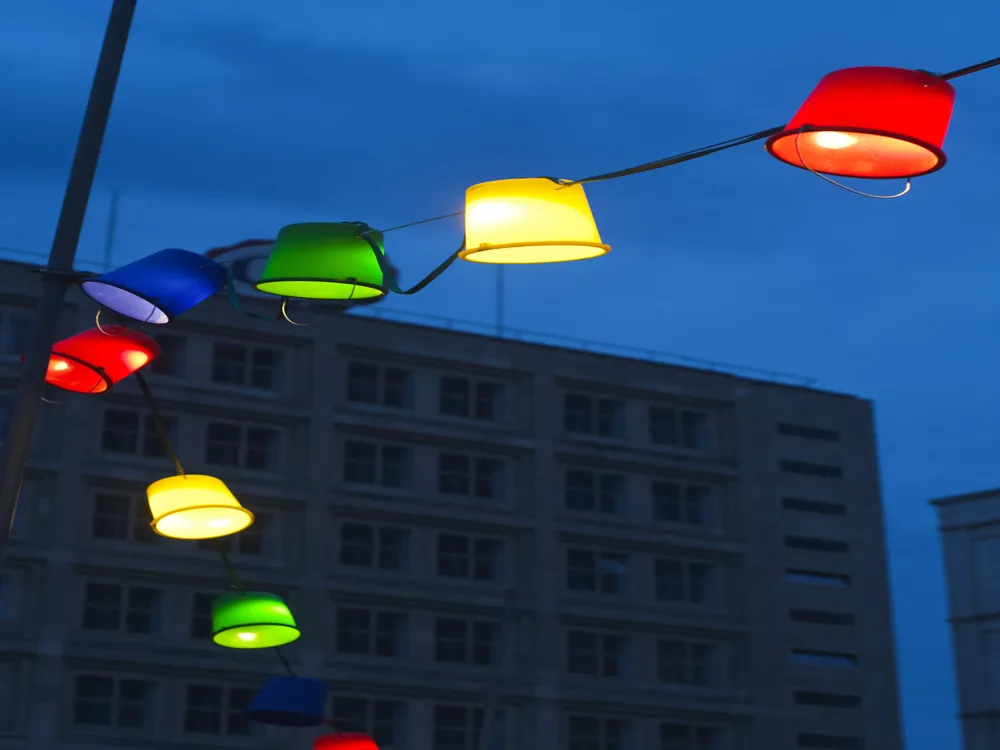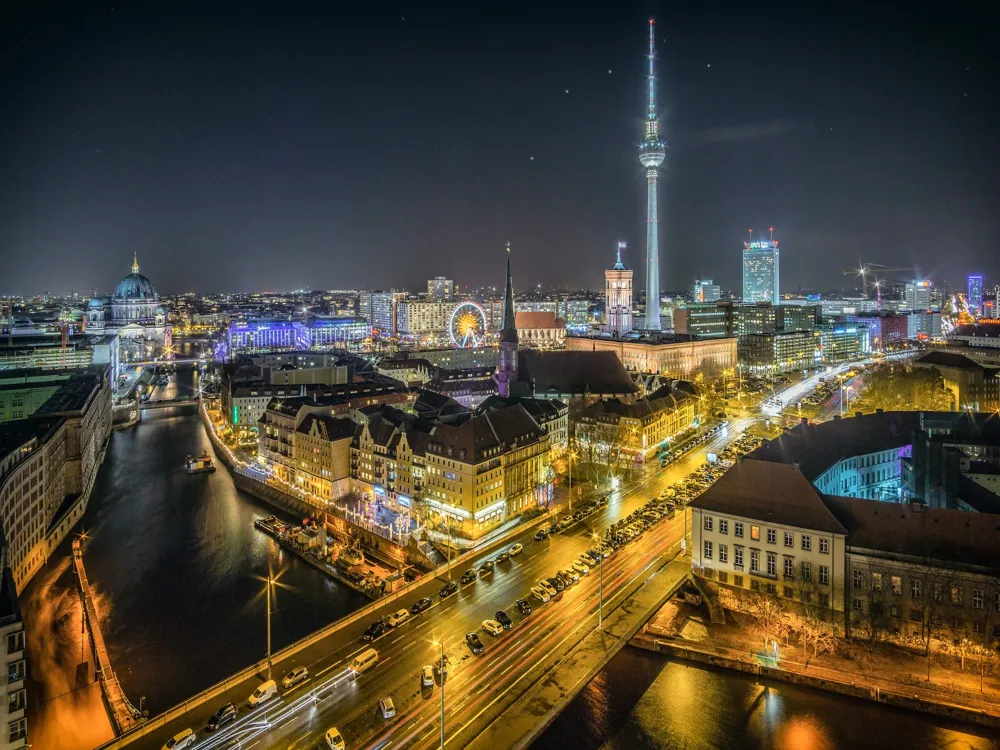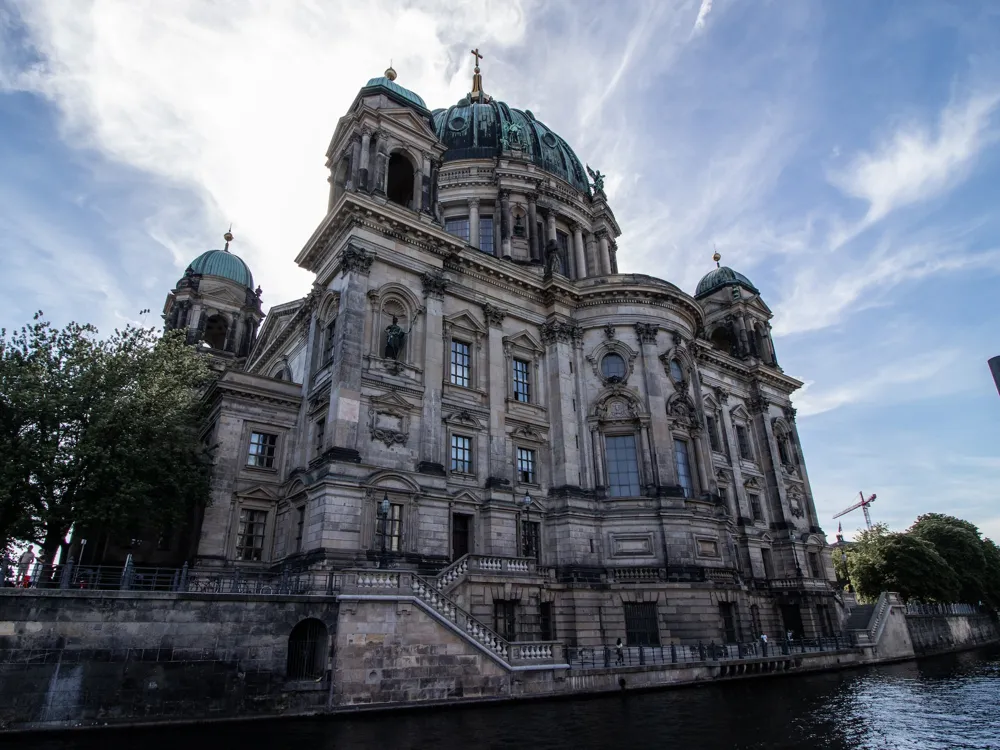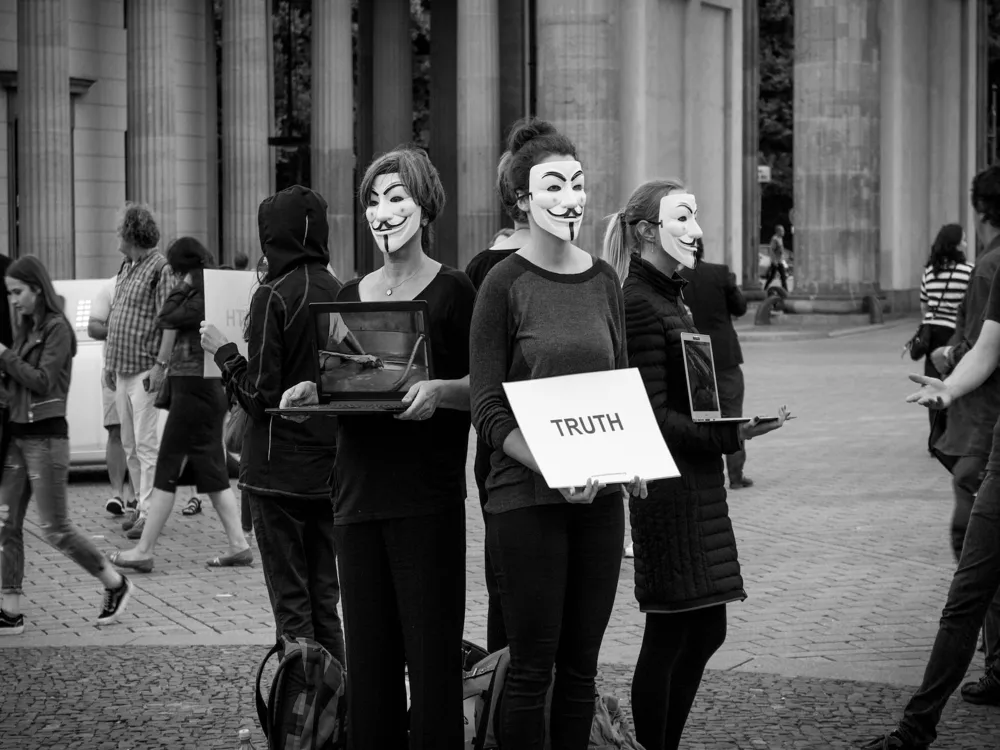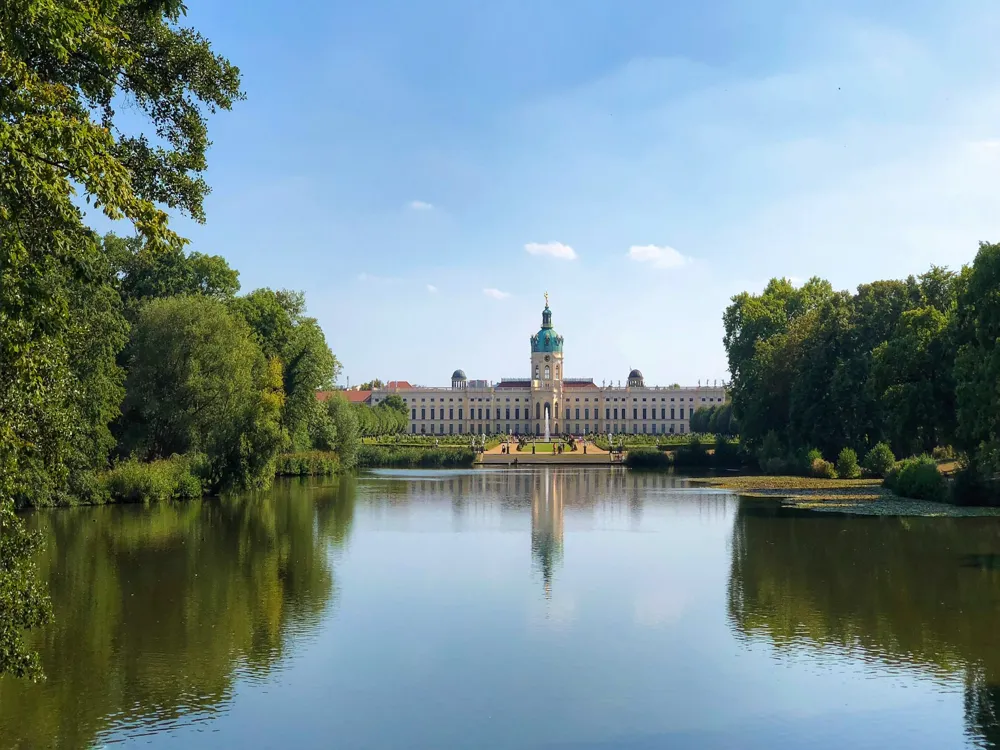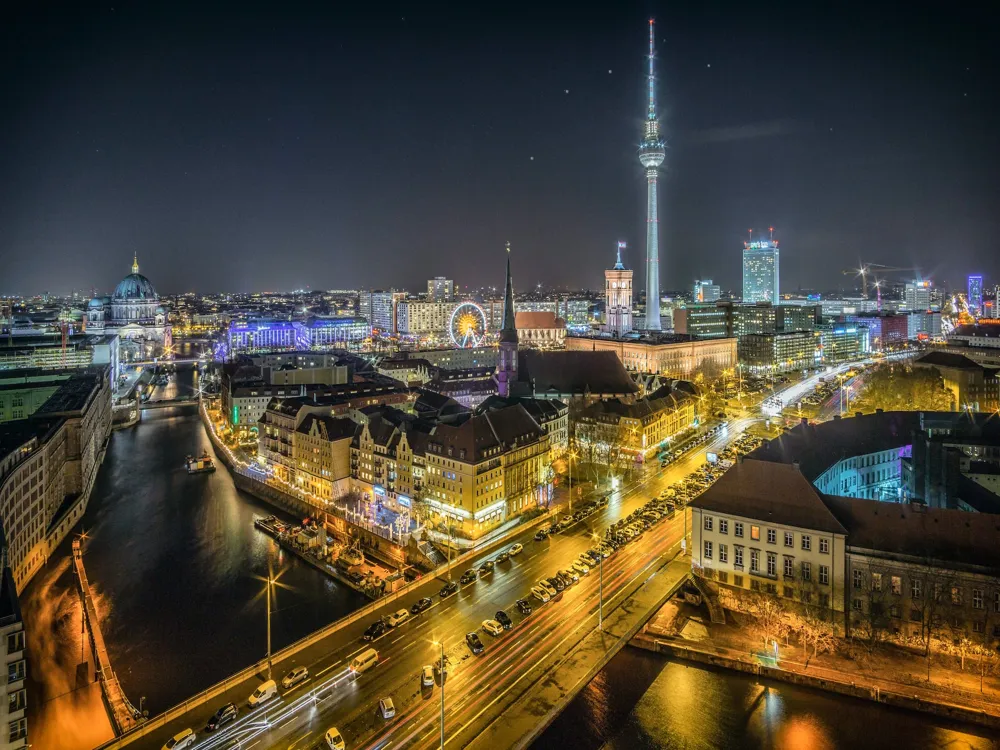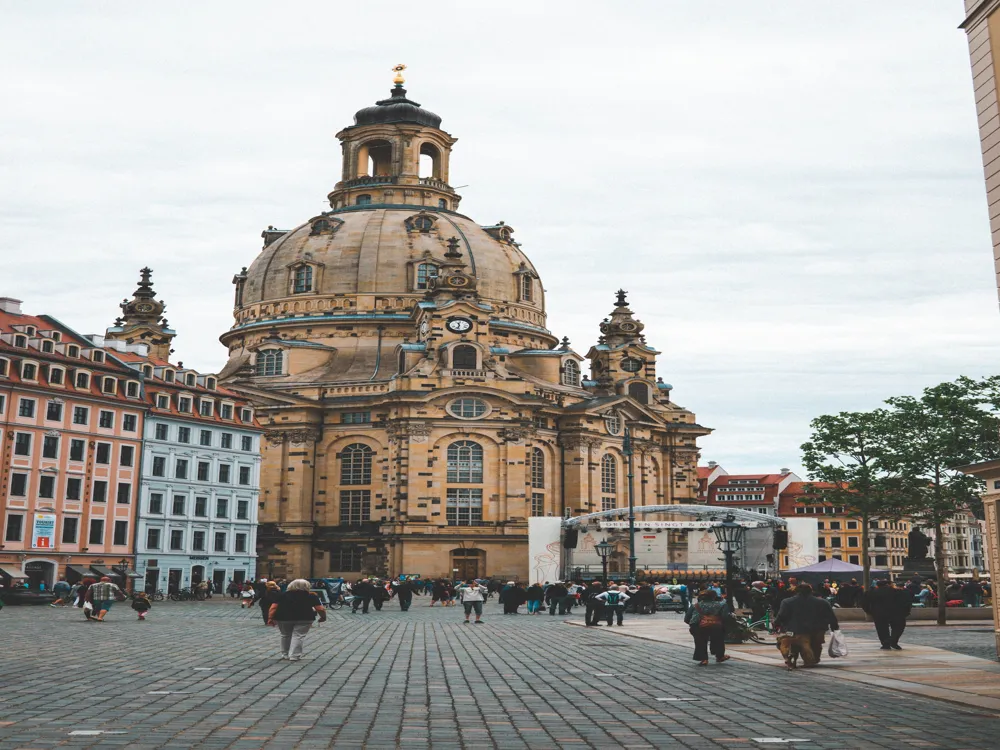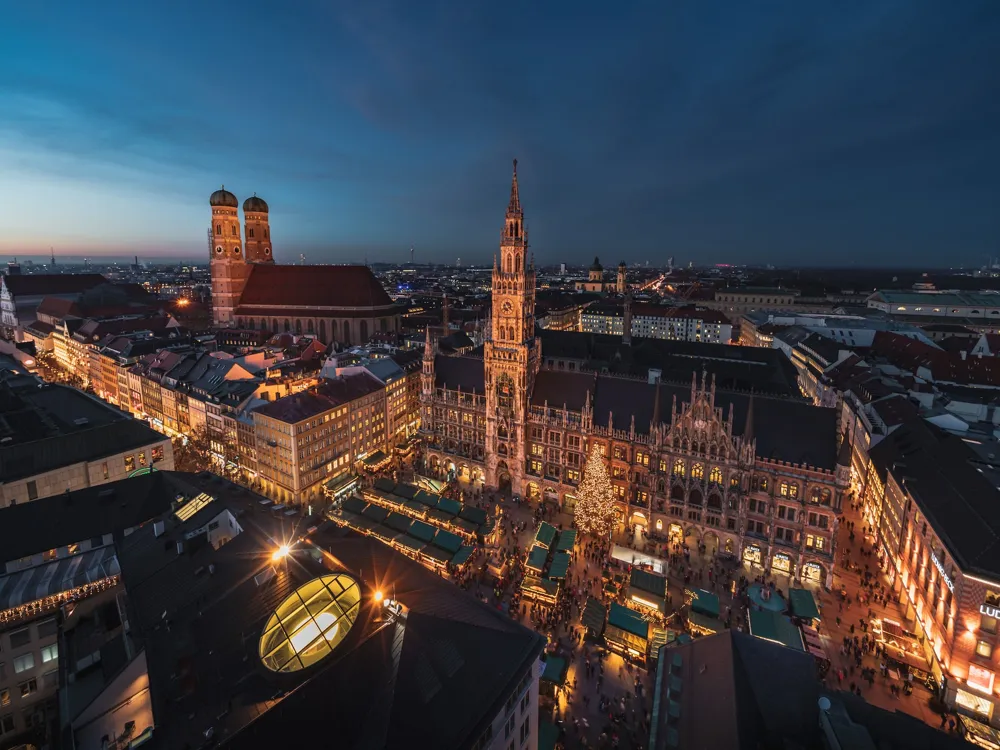The Jewish Museum Berlin, a testament to resilience and remembrance, stands as a pivotal institution in Germany's capital. Established in 2001, it offers a profound exploration of German-Jewish history, encompassing a myriad of perspectives. The museum's unique narrative weaves through centuries, elucidating the Jewish contributions to German culture, the harrowing experiences of the Holocaust, and the complex tapestry of Jewish life in contemporary Germany. Spread across three buildings, the museum's architectural design is as evocative as its exhibits. The main building, designed by Daniel Libeskind, is a striking zinc-clad structure, known as the 'Zigzag'. Its angular design and voided spaces create an immersive experience, symbolizing the fragmented history of German Jews. The museum's interior further reinforces this theme with its irregular, intersecting pathways leading to exhibits, gardens, and memorials, each narrating a different facet of Jewish history and culture. Key highlights include the Holocaust Tower, a solemn, unheated concrete silo, offering a visceral experience of isolation and despair. The Garden of Exile, another poignant feature, is designed to disorient visitors, symbolizing the dislocation experienced by exiled Jews. The museum's collection boasts a diverse range of artifacts, documents, and interactive displays, providing a comprehensive insight into Jewish life in Germany from the Middle Ages to the present. The Jewish Museum Berlin's approach to history is not only reflective but also forward-looking, promoting dialogue and understanding across cultures and communities. Its educational programs and special exhibitions tackle contemporary issues, inviting visitors to engage in critical discussions about identity, racism, and tolerance. Daniel Libeskind's architectural masterpiece, the Jewish Museum Berlin, is a landmark of deconstructivist architecture. The structure's zigzag shape, resembling a shattered Star of David, is both visually striking and symbolically rich. Libeskind named the design 'Between the Lines', intending to reflect the tension between German and Jewish history. The building's facade, with its zinc panels and narrow, uneven windows, evokes the feeling of disintegration and loss. This architectural language continues inside, where voids — empty spaces representing the absence of Jews from German society — punctuate the visitor's journey. These voids, devoid of artifacts, serve as powerful reminders of what was lost during the Holocaust. The museum's layout is intentionally disorienting. Corridors and spaces intersect at odd angles, creating a sense of instability and dislocation. This design choice is a direct representation of the turmoil and fragmentation experienced by Jews during the 20th century. One of the most significant architectural elements is the Holocaust Tower, an empty, dark concrete tower, accessible only through a heavy door. This isolated space offers a haunting, sensory experience, evoking feelings of isolation and terror. Another remarkable feature is the Garden of Exile. Its 49 concrete pillars, filled with soil from Berlin and Jerusalem, stand on a sloping ground. The garden's unsettling geometry disorients visitors, symbolizing the dislocation and unease experienced by Jews in exile. The museum's architecture, thus, is not merely a backdrop for exhibits but an integral part of the narrative, deepening visitors' understanding of Jewish history and the Holocaust. Before visiting the Jewish Museum Berlin, it's advisable to check the official website for current exhibitions, events, and opening hours. Booking tickets in advance can save time, and guided tours offer insightful perspectives on the museum's architecture and exhibits. The museum's layout can be disorienting due to its symbolic architecture. It's helpful to start with the museum map and perhaps focus on specific areas of interest, as covering the entire museum in one visit can be challenging. Engage with the interactive exhibits and multimedia presentations for a more immersive experience. These are designed to provide deeper insights into the Jewish history and culture. While visiting, it's important to maintain a respectful demeanor, especially in the Holocaust Tower and the Garden of Exile. These areas are solemn memorials to the victims of the Holocaust. Photography may be restricted in certain areas of the museum. Always check signage or ask staff members for guidance on where photography is permitted. The Jewish Museum Berlin is accessible via various modes of transportation. By public transport, the U-Bahn (subway) stations closest to the museum are Kochstraße/Checkpoint Charlie (U6 line) and Hallesches Tor (U1, U3, and U6 lines). Bus lines 248 and M29 also stop near the museum. For those driving, there are limited parking spaces available in the vicinity of the museum. It's advisable to use public transportation, as it's more convenient and environmentally friendly. READ MORE:-Overview of the Jewish Museum Berlin
Architecture of the Jewish Museum Berlin
Tips When Visiting the Jewish Museum Berlin
Plan Your Visit
Understanding the Layout
Interactive Exhibits
Respectful Conduct
Photography Rules
How To Reach the Jewish Museum Berlin
Jewish Museum Berlin
Berlin
₹ 58,000 onwards
View berlin Packages
Weather :
Tags : Museum
Timings : Monday - Sunday: 10:00 AM to 7:00 PM
last entry at 6:00 PM.
It usually takes around two to three hours for a complete museum tour.
Entry Fee : Adults: EUR 18
Seniors, 65 and over: EUR 12
Students: EUR 8
Children, 18 and under: Free
Members: Free
Saturdays: Free
Free entry to the Core Exhibition
Planning a Trip? Ask Your Question
Berlin Travel Packages
View All Packages For Berlin
Top Hotel Collections for Berlin

Private Pool

Luxury Hotels

5-Star Hotels

Pet Friendly
Top Hotels Near Berlin
Other Top Ranking Places In Berlin
View All Places To Visit In berlin
View berlin Packages
Weather :
Tags : Museum
Timings : Monday - Sunday: 10:00 AM to 7:00 PM
last entry at 6:00 PM.
It usually takes around two to three hours for a complete museum tour.
Entry Fee : Adults: EUR 18
Seniors, 65 and over: EUR 12
Students: EUR 8
Children, 18 and under: Free
Members: Free
Saturdays: Free
Free entry to the Core Exhibition
Planning a Trip? Ask Your Question
Berlin Travel Packages
View All Packages For Berlin
Top Hotel Collections for Berlin

Private Pool

Luxury Hotels

5-Star Hotels

Pet Friendly







